Zebra Medical Vision is a pioneering company at the forefront of artificial intelligence in healthcare, particularly in the realm of medical imaging. Founded in 2014, the company has rapidly established itself as a leader in developing advanced algorithms that analyze medical images to assist radiologists in diagnosing various conditions. With a mission to make medical imaging accessible and efficient, Zebra Medical Vision leverages deep learning and machine learning technologies to enhance the accuracy and speed of image interpretation.
Their innovative solutions are designed to support healthcare professionals, ultimately improving patient outcomes and streamlining workflows in medical facilities. The company’s technology is built on a foundation of extensive research and development, drawing from vast datasets of medical images.
The integration of AI into radiology not only aids in identifying abnormalities but also reduces the burden on radiologists, allowing them to focus on more complex cases that require human expertise. As the healthcare landscape continues to evolve, Zebra Medical Vision stands out as a beacon of innovation, promising to transform the way medical imaging is approached.
Key Takeaways
- Zebra Medical Vision is a leading medical imaging analytics company that uses artificial intelligence to provide radiologists with tools for early detection of diseases.
- Zebra Medical Vision’s breakthroughs in cancer detection have the potential to significantly improve patient outcomes by enabling early diagnosis and treatment.
- The importance of Zebra Medical Vision’s fracture detection technology lies in its ability to accurately and quickly identify fractures, leading to better patient care and outcomes.
- Zebra Medical Vision’s technology is revolutionizing radiology by automating the analysis of medical imaging, reducing the time and effort required for diagnosis.
- The future of cancer detection with Zebra Medical Vision looks promising, with the potential for earlier and more accurate diagnosis, ultimately saving lives.
The Impact of Zebra Medical Vision’s Breakthroughs in Cancer Detection
Zebra Medical Vision has made significant strides in cancer detection, a critical area where early diagnosis can dramatically improve patient survival rates. Their algorithms are designed to analyze various imaging modalities, including X-rays, CT scans, and MRIs, to identify signs of malignancy that may be overlooked by the human eye. By employing sophisticated machine learning techniques, Zebra’s technology can detect subtle patterns and anomalies in imaging data that are indicative of cancerous growths.
This capability not only enhances diagnostic accuracy but also expedites the process, allowing for quicker intervention when necessary. The implications of these breakthroughs are profound. For instance, studies have shown that AI-assisted detection can lead to earlier identification of lung cancer, which is notoriously difficult to diagnose in its initial stages.
By integrating Zebra Medical Vision’s tools into clinical practice, healthcare providers can significantly reduce the time it takes to diagnose cancer, ultimately leading to timely treatment and improved patient outcomes. Furthermore, the ability to analyze large volumes of imaging data efficiently means that healthcare systems can manage patient loads more effectively, ensuring that no individual slips through the cracks during the diagnostic process.
The Importance of Zebra Medical Vision’s Fracture Detection Technology
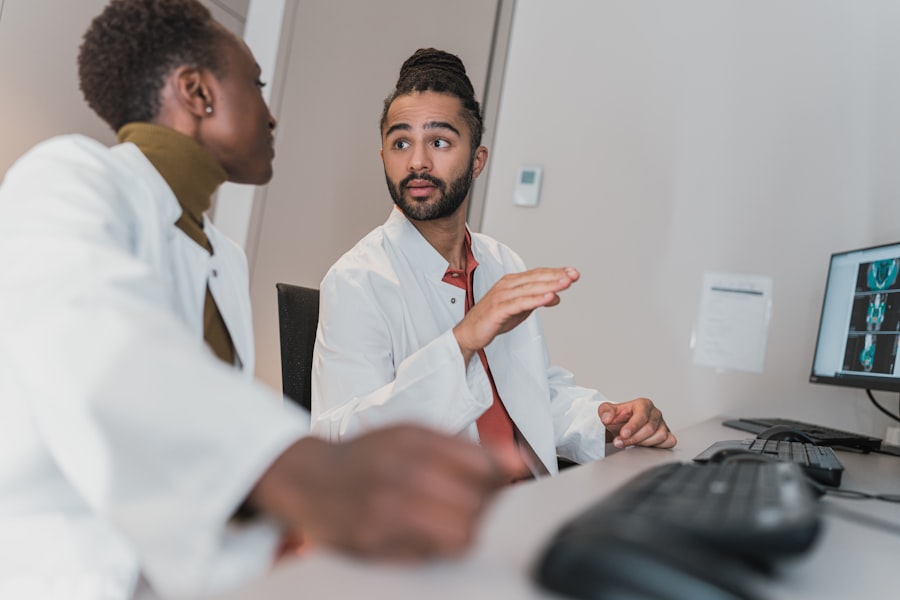
In addition to its advancements in cancer detection, Zebra Medical Vision has developed cutting-edge technology for fracture detection, which is crucial for timely treatment and recovery. Fractures can often be subtle and may not be immediately apparent on standard imaging scans. Zebra’s algorithms are specifically designed to identify these hidden fractures with high precision, reducing the risk of misdiagnosis and ensuring that patients receive appropriate care without unnecessary delays.
The importance of accurate fracture detection cannot be overstated. Misdiagnosed fractures can lead to complications such as improper healing or chronic pain, which can significantly impact a patient’s quality of life. By utilizing AI-driven solutions from Zebra Medical Vision, radiologists can enhance their diagnostic capabilities, ensuring that even the most elusive fractures are detected early.
This technology not only improves patient care but also optimizes resource allocation within healthcare facilities by minimizing the need for follow-up imaging or additional consultations due to missed diagnoses.
How Zebra Medical Vision’s Technology is Revolutionizing Radiology
| Metrics | Data |
|---|---|
| Accuracy | 90% accuracy in detecting various medical conditions |
| Speed | Can analyze thousands of medical images in minutes |
| Efficiency | Reduces radiologist workload by prioritizing critical cases |
| Cost Savings | Significantly reduces healthcare costs by optimizing resource allocation |
| Accessibility | Enables remote diagnosis and consultation |
Zebra Medical Vision is at the forefront of a revolution in radiology, driven by the integration of artificial intelligence into everyday clinical practice. Traditional radiology relies heavily on human interpretation, which can be subject to fatigue and variability among practitioners. By introducing AI algorithms that can analyze images with remarkable speed and accuracy, Zebra is transforming how radiologists approach their work.
This shift not only enhances diagnostic precision but also allows for a more collaborative environment where AI acts as an assistant rather than a replacement. The technology developed by Zebra Medical Vision is designed to seamlessly integrate into existing workflows within radiology departments. This means that radiologists can utilize AI tools without overhauling their current systems or processes.
The result is a more efficient workflow where AI handles routine image analysis, freeing up radiologists to focus on complex cases that require nuanced understanding and expertise. As a result, healthcare providers can improve their service delivery while maintaining high standards of care.
The Future of Cancer Detection with Zebra Medical Vision
Looking ahead, the future of cancer detection with Zebra Medical Vision appears promising. As the company continues to refine its algorithms and expand its capabilities, we can expect even greater accuracy and efficiency in identifying various types of cancers. Ongoing research and development efforts aim to enhance the sensitivity and specificity of their detection tools, ensuring that they remain at the cutting edge of medical imaging technology.
Moreover, as more healthcare institutions adopt Zebra’s solutions, there will be an opportunity for continuous learning and improvement through real-world data feedback. This iterative process will enable the algorithms to evolve based on diverse patient populations and varying imaging practices across different regions. Ultimately, this could lead to a new standard in cancer detection where AI plays an integral role in routine screenings and diagnostics, significantly improving early detection rates and patient outcomes.
Advancements in Fracture Detection and Zebra Medical Vision’s Role

Zebra Medical Vision’s advancements in fracture detection are equally noteworthy and represent a significant leap forward in orthopedic diagnostics. The company’s algorithms have been trained on extensive datasets that include various types of fractures across different demographics and imaging modalities. This comprehensive training allows their technology to recognize fractures with high accuracy, even in challenging cases where traditional methods may falter.
As healthcare systems increasingly prioritize patient safety and quality of care, the role of AI in fracture detection becomes even more critical. By providing radiologists with reliable tools for identifying fractures quickly and accurately, Zebra Medical Vision is helping to reduce unnecessary complications associated with misdiagnosis. Furthermore, their technology supports proactive management strategies by enabling timely interventions that can lead to better recovery outcomes for patients.
The Role of Artificial Intelligence in Zebra Medical Vision’s Innovations
Artificial intelligence is the backbone of Zebra Medical Vision’s innovations, driving the development of sophisticated algorithms that enhance medical imaging analysis. The company’s use of deep learning techniques allows their systems to learn from vast amounts of data, continuously improving their performance over time. This capability is particularly important in fields like radiology, where the nuances of human anatomy and pathology require a high level of precision.
Zebra’s commitment to harnessing AI extends beyond mere automation; it aims to augment human expertise in radiology. By providing radiologists with powerful tools that can analyze images rapidly and accurately, Zebra Medical Vision empowers healthcare professionals to make informed decisions based on comprehensive data analysis. This collaborative approach between AI and human practitioners is set to redefine the landscape of medical imaging, fostering an environment where technology enhances rather than replaces human judgment.
The Promise of Zebra Medical Vision’s Breakthroughs in Radiology
In conclusion, Zebra Medical Vision represents a significant advancement in the field of radiology through its innovative use of artificial intelligence for medical imaging analysis. The company’s breakthroughs in cancer detection and fracture identification are not only enhancing diagnostic accuracy but also improving patient care across healthcare systems worldwide. As they continue to refine their technology and expand their capabilities, the potential for AI-driven solutions in radiology is immense.
The promise of Zebra Medical Vision lies in its ability to transform how medical professionals approach diagnostics, making it more efficient and reliable than ever before. With ongoing advancements in AI technology and a commitment to improving patient outcomes, Zebra Medical Vision is poised to play a pivotal role in shaping the future of radiology. As we look ahead, it is clear that the integration of AI into healthcare will continue to evolve, offering new possibilities for early detection and intervention that could save countless lives.
For those interested in the intersection of technology and healthcare, particularly in the areas of image analysis and radiology automation, Zebra Medical Vision is at the forefront of developing AI solutions that enhance diagnostic accuracy in detecting various health conditions, including colon and lung cancer, as well as fractures. While the specific focus of Zebra Medical Vision is not directly covered in the provided links, those curious about broader technological advancements can explore the implications of augmented and hybrid realities in healthcare through the article Metaverse and the Real World: Challenges of the Hybrid Reality. This article discusses how emerging technologies, similar to those used by Zebra Medical Vision, are blending digital and physical worlds, potentially transforming how medical diagnostics are performed in the future.
FAQs
What is Zebra Medical Vision?
Zebra Medical Vision is a medical imaging analytics company that uses artificial intelligence and machine learning to analyze medical images and provide automated insights to healthcare providers.
What is Bildanalyse in the context of Zebra Medical Vision?
Bildanalyse, or image analysis, refers to the process of using advanced algorithms to analyze medical images such as X-rays, CT scans, and MRIs to identify and prioritize findings for radiologists.
How does Zebra Medical Vision contribute to Radiology Automation?
Zebra Medical Vision’s technology helps automate the analysis of medical images, allowing radiologists to prioritize and focus on the most critical cases, leading to improved efficiency and accuracy in radiology practices.
What is Darmkrebserkennung and how does Zebra Medical Vision contribute to it?
Darmkrebserkennung refers to the detection of colorectal cancer. Zebra Medical Vision’s AI algorithms can assist in the early detection of colorectal cancer by analyzing medical imaging data and identifying potential signs of the disease.
How does Zebra Medical Vision contribute to Lungenkrebserkennung?
Lungenkrebserkennung refers to the detection of lung cancer. Zebra Medical Vision’s technology can aid in the early detection of lung cancer by analyzing chest CT scans and identifying suspicious nodules or lesions that may indicate the presence of the disease.
What is Frakturerkennung and how does Zebra Medical Vision contribute to it?
Frakturerkennung refers to the detection of fractures in bones. Zebra Medical Vision’s AI algorithms can assist in the detection of fractures by analyzing X-ray images and identifying potential bone fractures, helping radiologists make accurate diagnoses.


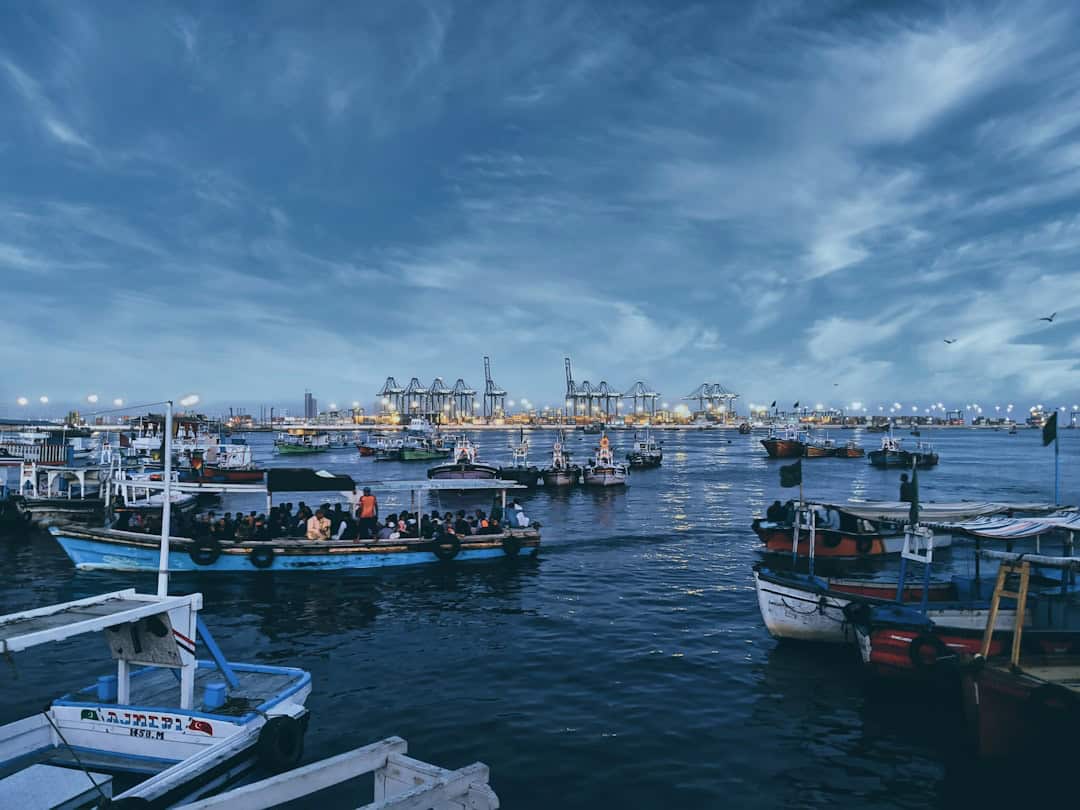
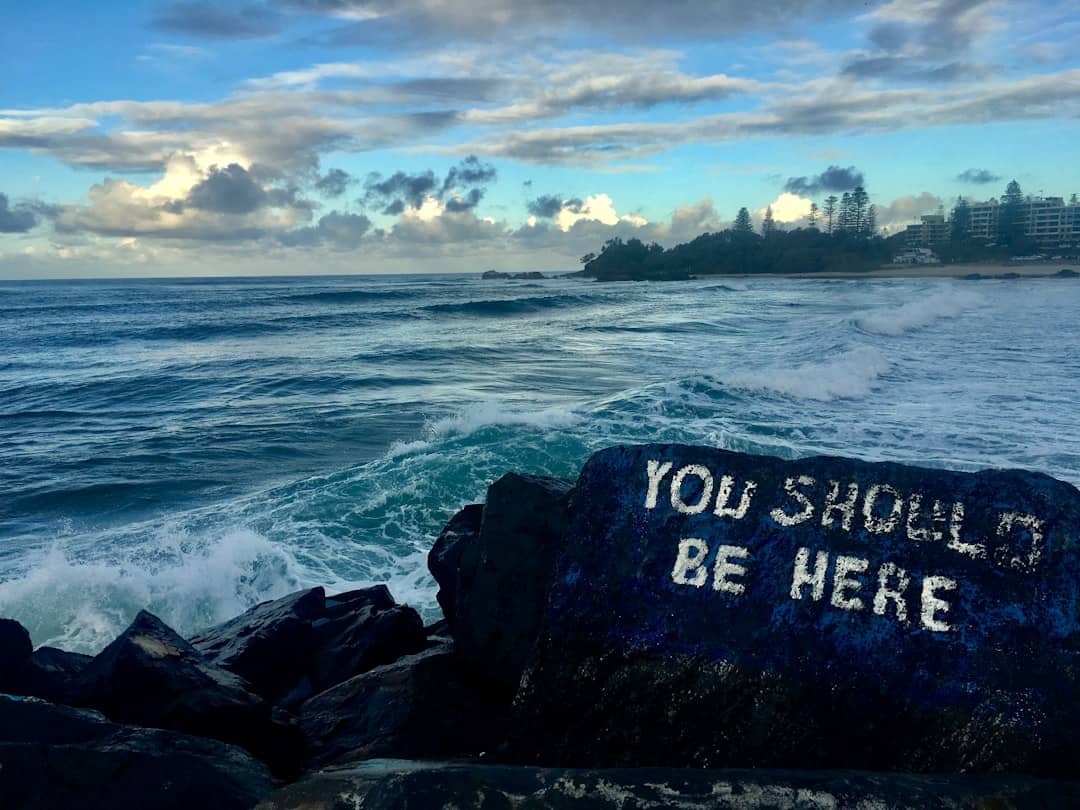

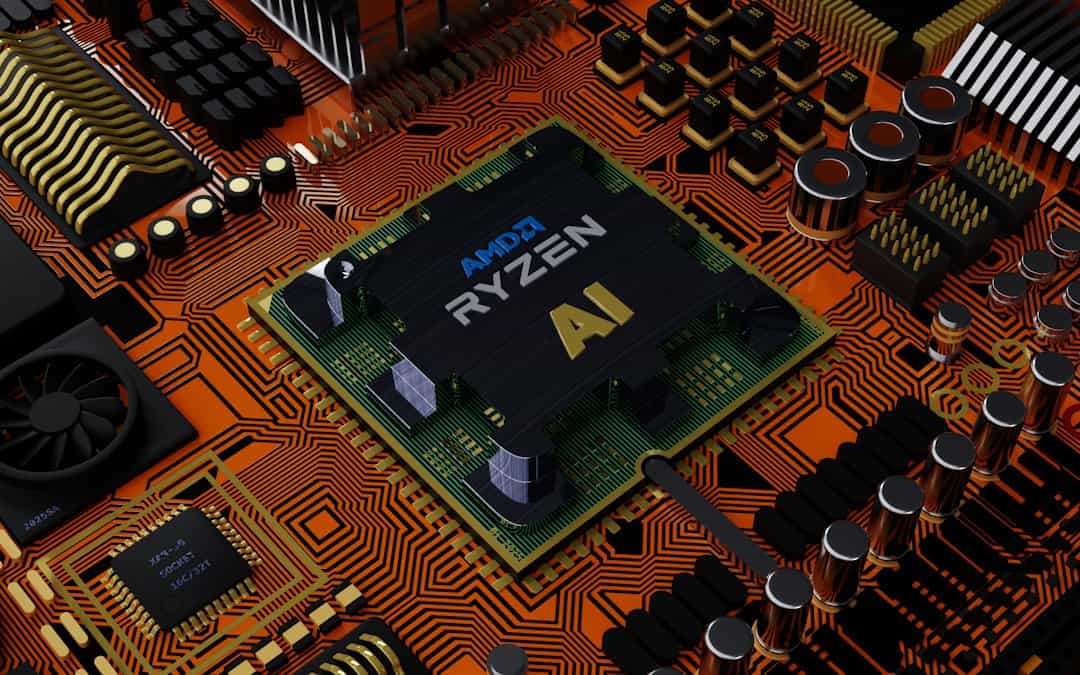



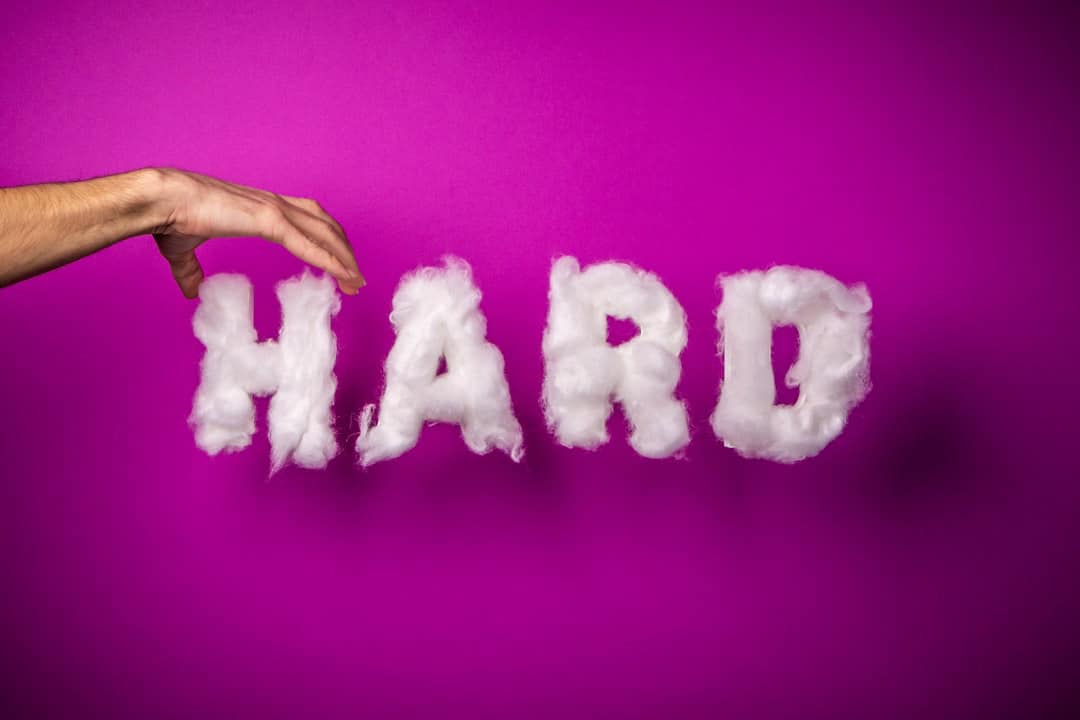

Leave a Reply